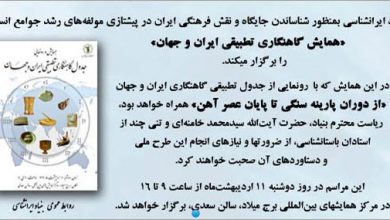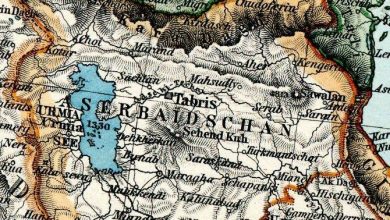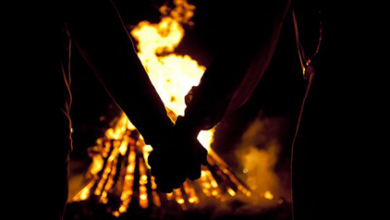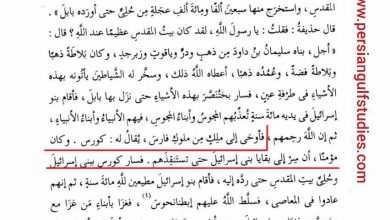Mirza Kochuk Khan Jangli
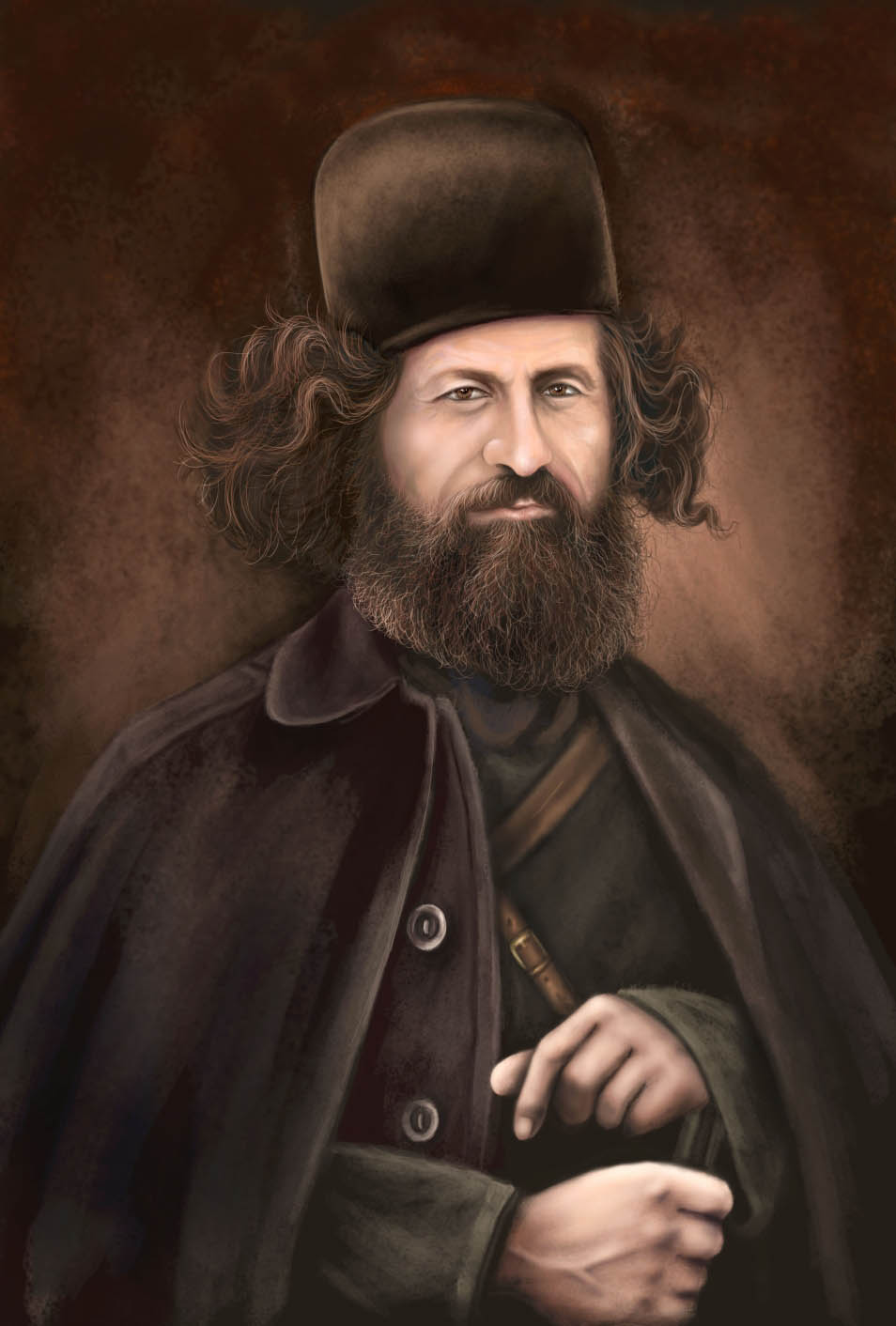
11 Azar 1300 Hijri) The fighter of the constitutional revolution and the leader of the jungle movement and one of the first leaders of the Soviet Socialist Republic of Iran (Also known as: The Red Republic of Gilan) Was.
biography, diary
Yunus, known as Mirza Kochuk, the son of Mirza Kochuk in 1257 AH. Sh. He was born in the old neighborhood of Ostadsara in Rasht city in a middle-class family. His parents were from the Rashund family of Alamut Qazvin. He spent his early years in the Haji Hassan School located in Saleh Abad, Rasht, and the Jame School, learning grammar and religious education.. After that, he went to Qazvin and continued his seminary studies at Salehiya School and for some time he stayed at Mahmoudieh School in Tehran for the same purpose.. The foundation of the seminary education could have trained him to become a cleric, but the events and revolutions of the country changed the course of his thoughts and led him to another path..
Mirza Kochch Khan had two sisters named Karbalai Khanum and Sara Khanum and two brothers named Mirza Muhammad Ali Khan and Mirza Rahim Khan, both of whom died after Mirza.. According to those around him, he was a strong-built man with raven eyes and a smiling face, and socially, he was a polite, humble, friendly man, a believer in moral principles, outspoken, a supporter of justice and freedom, and a supporter of the oppressed.. Mirza Kochakh Khan was a sportsman and refrained from drinking alcohol and smoking. Mirza chose a wife in the last years of his life.
His role in the constitutional revolution
Mirza joined the revolutionaries in the event of constitutionalism and participated in the conquest of Qazvin. He was the leader of the forest movement and in 1293 AH. Sh. his armed struggle against the foreign army inside Iran and the Kazakh brigade,(who were educated under Russian officers), started. A large number of Jangal revolutionaries were killed in armed conflicts with British, Russian and Qajar government forces.. In this regard, on Sunday, June 16, 1299, the forest forces announced the formation of the Revolutionary Committee of Iran and the establishment of the government of the Republic of Gilan by publishing a statement, and a day later, the Revolutionary Committee introduced the Government of the Republic, with Mirza as its leader.. However, the new revolutionary government had not yet been established, and with the support of the Russian Bolsheviks, the pro-Soviet red revolutionaries began to riot, and finally, on Friday, July 18, 1299, Mirza went from Rasht to the monastery as a protest, and before leaving, he sent a message to Lenin in Moscow through his representative. It was mentioned in it: "At the time, I myself stated to the Russian representatives that the Iranian nation is not ready to accept the Bolsheviks' plan." On Saturday, August 9, 1299, Soviet supporters led and supported the commander of the Soviet Armed Forces and the director of its political and military security department in Rasht against Mirza staged a coup.
All the supporters of Mirza were arrested and detained. They introduced a new government, which was Ehsanullah Khan, Chief Commissioner and Foreign Commissioner (Seyyed Jafar Javadzadeh) Seyyed Jafar Pishevari became the commissioner of the interior. Rising disputes and arrests weakened the forces of the forest. At the command of Ahmad Shah Qajar, the government forces of the Kazakh brigade, led by Sardar Sepeh, entered Rasht to suppress the Red forces.. Finally, with behind-the-scenes negotiations, the Red Army left Rasht and Bandar Anzali. It should be noted that during these wars, Mirza was with his forces in the monastery, which remained neutral and was thinking of re-energizing. The attempts of the Cossacks, under the command of Sardar Sepeh, to negotiate with Mirza and invite him to the center did not work, and due to many reasons, the negotiations failed. One of these reasons was that some of the foresters would stay. Dr. Heshmat and his companions had already agreed with the Sepah commander, which actually led to their deaths. Finally, the Kazakh forces took advantage of the opportunity and forced the jungle forces to retreat after a lot of skirmishes. And some leaders surrendered or were killed. Mirza along with his only loyal friend, German Gaok known as Hoshang, moved to the Khalkhal mountains in order to go to Azmat Mrs. Foladlou, who always supported Mirza. 1300, when Mirza was holding Hoshang by the collar, they died. A person named Karam, who was going from Khalkhal to Gilan, saw and recognized the two of them in the snow.. So he brought the news to the nearby village. People rushed there and brought their frozen bodies to the village, which was of no use.
The new tomb of Mirza Koch Jani in Rasht
The old tomb of Mirza is a small forest in Rashtakhbar. Mirza's death reached the ears of Mohammad Khan Salarshja'a, the brother of Amir Moqtadar Talesh, who was one of Mirza's ill-wishers.. The mentioned person went to the monastery with a gunner and forbade the people from burying the bodies. Then he ordered one of his companions, who was Reza Ashkestani, to separate Mirza's frozen head from her body.. Mohammad Khan then took the head to his brother Amir Moqtadar in Masal and then took it to Rasht and handed it over to the military commanders..
Sir Mirza Kochuk Khan was exposed to the public for a long time in the vicinity of the Rasht barracks, in a place known as the Noble Oil Warehouse, and then Khalo Qurban, who was one of Mirza's former companions and a supporter of Sardar Sepe, took Sir Mirza to Tehran sent to Sardar Sepe. Sardar Mirza was buried in Hasan Abad cemetery by order of Sardar Sepe. Then one of Mirza's old friends named Kas Agha Hossam secretly delivered Mirza's head from Gorkan and took it to Rasht and left it in a place called Suleiman Darab Bakhak.. In Shahrivar 1320, when Reza Shah resigned, the freedom fighters of Gilan planned to transport Mirza's headless body from Talash monastery to Rasht with appropriate ceremonies, but the agents prevented it.. As a result, in order to prevent collision, Mirza's body was carried to Rasht and buried next to Sar. Since that date, every year on December 11, a simple ceremony is held at his grave in Suleiman Darab, Rasht.
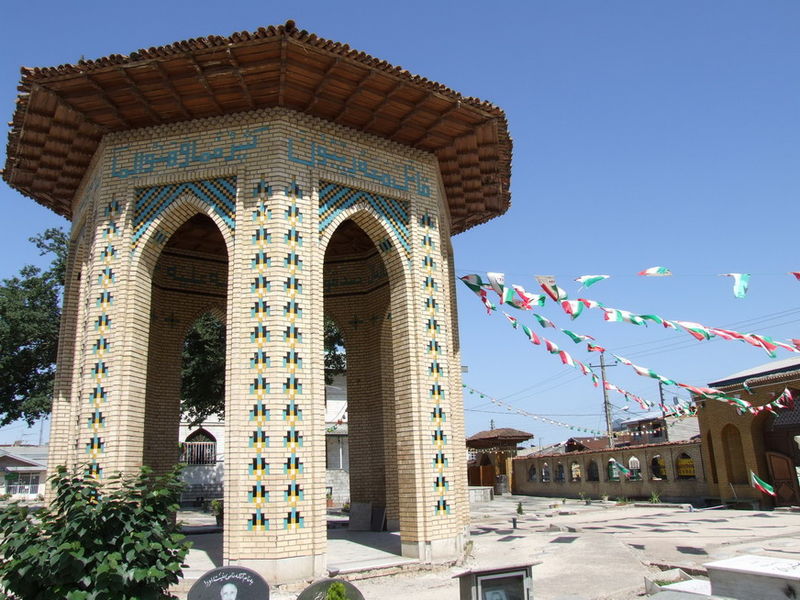
References
Sardar Jangal, written by Ebrahim Fakhraei


